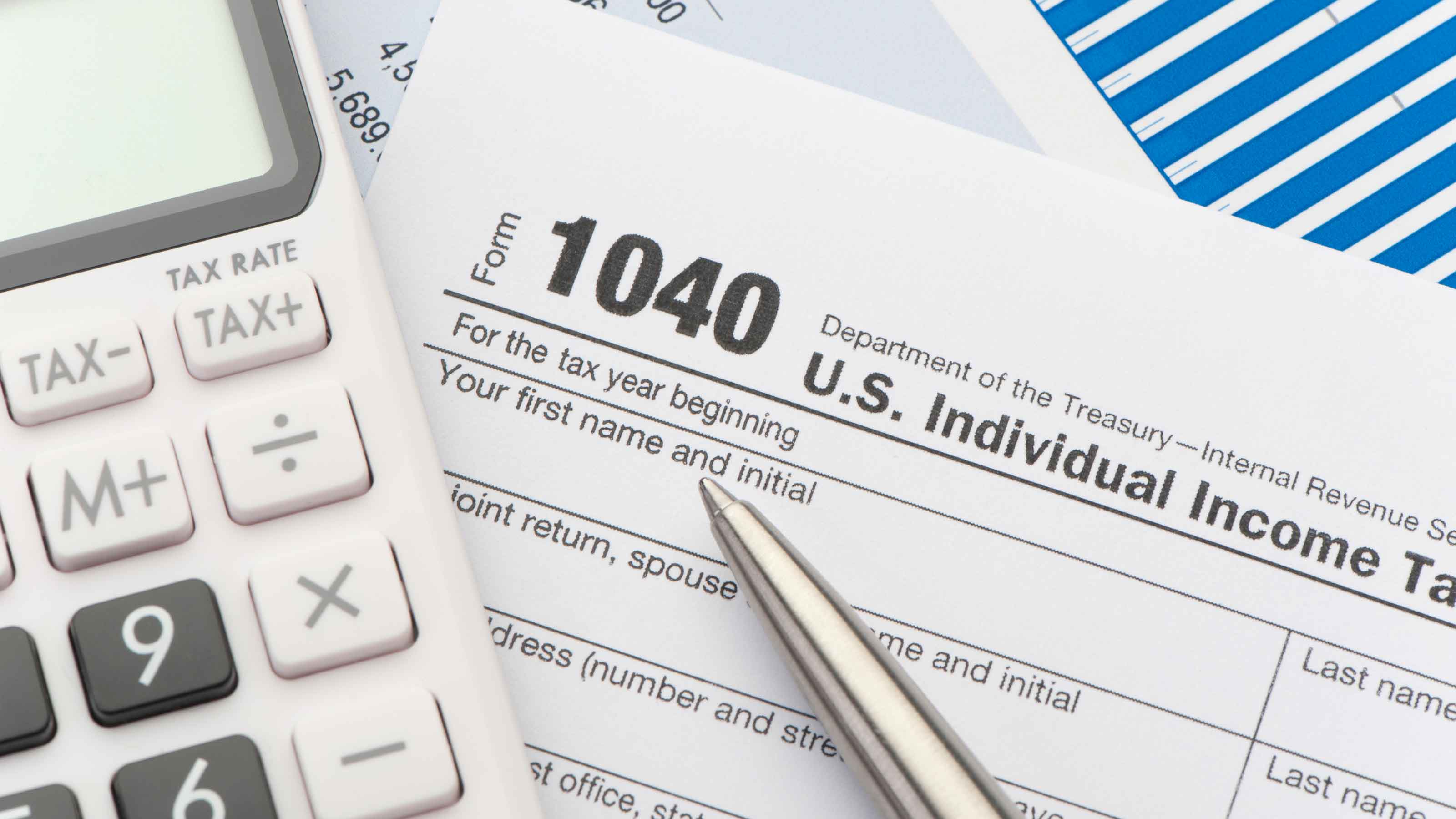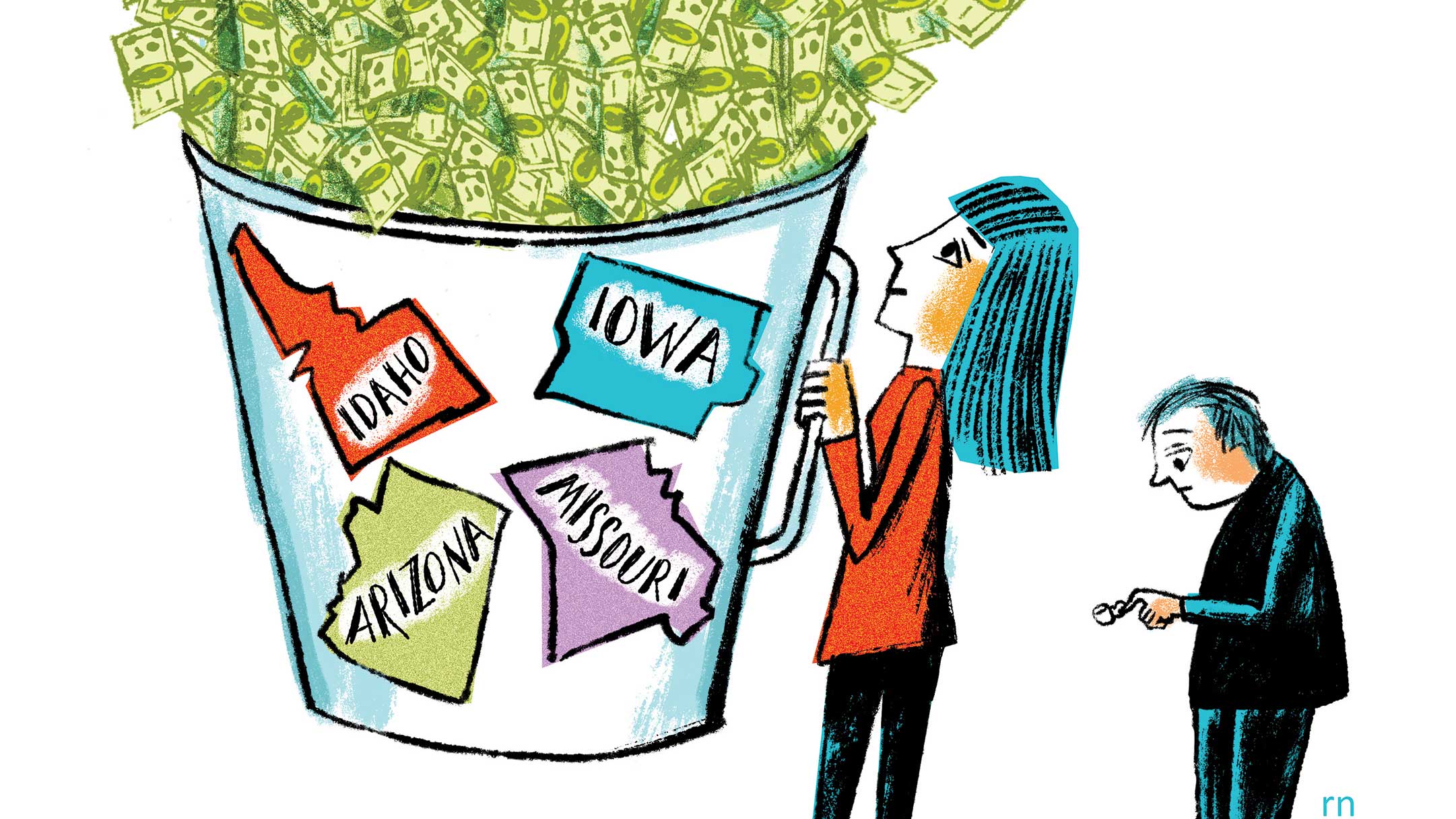Pension Law Filled With Treats for Savers
The law offer tax breaks and new rules for IRA's, 401(k)s and charitable giving.
You don't need a pension to reap big benefits from the Pension Protection Act. The new law is chock-full of tax breaks and other goodies that will boost your IRA and 401(k) savings, encourage you to give more to charity and help your heirs.The main thrust of the law is to strengthen defined-benefit plans. But many analysts worry that tough requirements on companies to fully fund their pension plans could backfire, causing many employers to terminate their plans instead. To help retirees shoulder more of the burden themselves, Congress included a variety of sweeteners for savers. The following are some of the most important ones.
Higher limits. The law makes permanent the higher annual contribution limits for IRAs and 401(k)s, as well as for 403(b) plans for teachers and 457 plans for government workers. The higher limits were set to expire in 2010. The maximum annual contribution for an IRA, now $4,000, will rise to $5,000 in 2008, and the limit will be adjusted for inflation after that. Employee contributions for 401(k)s will remain at $15,000 a year, while holders of SIMPLE accounts can continue to contribute $10,000 a year. Catch-up contributions for workers age 50 and older are here to stay ($1,000 for IRAs, $5,000 for 401(k)s and $2,500 for SIMPLE plans). And, the catch-up amounts for 401(k)s and SIMPLEs will be adjusted annually for inflation, in $500 increments.
Meanwhile, the new Roth 401(k), which started this year and was also due to expire in 2010, was made permanent. The Roth 401(k) allows workers to contribute after-tax dollars in exchange for tax-free withdrawals during retirement (see "Calculating the Advantage of the Roth 401(k)," on page 17).

Sign up for Kiplinger’s Free E-Newsletters
Profit and prosper with the best of expert advice on investing, taxes, retirement, personal finance and more - straight to your e-mail.
Profit and prosper with the best of expert advice - straight to your e-mail.
Inherited retirement plans. Starting in 2007, a nonspouse beneficiary who inherits a 401(k) or other company plan will be able to transfer the plan balance directly into an IRA. Once the money is in the IRA, the beneficiary can take minimum distributions each year based on his or her own life expectancy, paying income tax only on the withdrawal. The rest can grow tax-deferred. Currently, only spouses can transfer inherited plan balances to an IRA. Most company-sponsored retirement plans now require nonspouse beneficiaries to cash out soon after the death of the account holder, triggering an immediate tax bill.
But beneficiaries can squander the chance to stretch the growth of their IRAs if they don't handle the transfer correctly, warns IRA expert Ed Slott. "If the 401(k) plan cuts a check to the heir, you'll lose the tax break," he says. The money also cannot be transferred to an existing IRA. Instead, Slott says, the transfer must go directly from the 401(k) to an inherited IRA that maintains the name of the deceased plan participant.
Phased retirement. Starting in 2007, the new law will allow companies to offer pension payouts as early as age 62 to employees who want to continue working. Previously, workers could not receive benefits until they reached their normal retirement age, which is usually 65. "If someone needs the money right now, they can access their benefits without retiring," says Glenn Sulzer, a senior tax analyst with CCH, a provider of tax information.
Charitable giving. Those age 701/2 or older are now allowed to make tax-free distributions up to $100,000 from an IRA to a charity. A deduction can't be taken, but the income doesn't have to be reported either. The charitable donation from an IRA will satisfy the required minimum distribution. This provision is available just this year and next.
Roth IRAs. Starting in 2008, taxpayers who want to roll assets from an employer-sponsored retirement plan into a Roth IRA can do so more easily. Under current law, taxpayers must first roll plan assets into a traditional IRA and then convert the traditional IRA into a Roth IRA. The new law will allow individuals to transfer plan funds directly to a Roth. K
Get Kiplinger Today newsletter — free
Profit and prosper with the best of Kiplinger's advice on investing, taxes, retirement, personal finance and much more. Delivered daily. Enter your email in the box and click Sign Me Up.
-
 6 Stunning Waterfront Homes for Sale Around the US
6 Stunning Waterfront Homes for Sale Around the USFrom private peninsulas to lakes, bayous and beyond, Kiplinger's "Listed" series brings you another selection of dream homes for sale on the waterfront.
By Charlotte Gorbold Published
-
 Six Reasons to Disinherit Someone and How to Do It
Six Reasons to Disinherit Someone and How to Do ItWhether you're navigating a second marriage, dealing with an estranged relative or leaving your assets to charity, there are reasons to disinherit someone. Here's how.
By Donna LeValley Published
-
 Kiplinger's Tax Map for Middle-Class Families: About Our Methodology
Kiplinger's Tax Map for Middle-Class Families: About Our Methodologystate tax The research behind our judgments.
By David Muhlbaum Published
-
 Retirees, Make These Midyear Moves to Cut Next Year's Tax Bill
Retirees, Make These Midyear Moves to Cut Next Year's Tax BillTax Breaks Save money next April by making these six hot-as-July tax moves.
By Rocky Mengle Published
-
 Estimated Payments or Withholding in Retirement? Here's Some Guidance
Estimated Payments or Withholding in Retirement? Here's Some GuidanceBudgeting You generally must pay taxes throughout the year on your retirement income. But it isn't always clear whether withholding or estimated tax payments is the best way to pay.
By Rocky Mengle Published
-
 How to Cut Your 2021 Tax Bill
How to Cut Your 2021 Tax BillTax Breaks Our guidance could help you claim a higher refund or reduce the amount you owe.
By Sandra Block Published
-
 Why This Tax Filing Season Could Be Ugly
Why This Tax Filing Season Could Be UglyCoronavirus and Your Money National Taxpayer Advocate Erin M. Collins warns the agency will continue to struggle with tight budgets and backlogs. Her advice: File electronically!
By Sandra Block Published
-
 Con Artists Target People Who Owe The IRS Money
Con Artists Target People Who Owe The IRS MoneyScams In one scheme, thieves will offer to "help" you pay back taxes, only to leave you on the hook for expensive fees in addition to the taxes.
By Rivan V. Stinson Published
-
 Cash-Rich States Lower Taxes
Cash-Rich States Lower TaxesTax Breaks The economic turnaround sparked a wave of cuts in state tax rates. But some say the efforts could backfire.
By Sandra Block Published
-
 The Financial Effects of Losing a Spouse
The Financial Effects of Losing a SpouseFinancial Planning Even amid grief, it's important to reassess your finances. With the loss of your spouse's income, you may find yourself in a lower tax bracket or that you qualify for new deductions or credits.
By Rocky Mengle Published